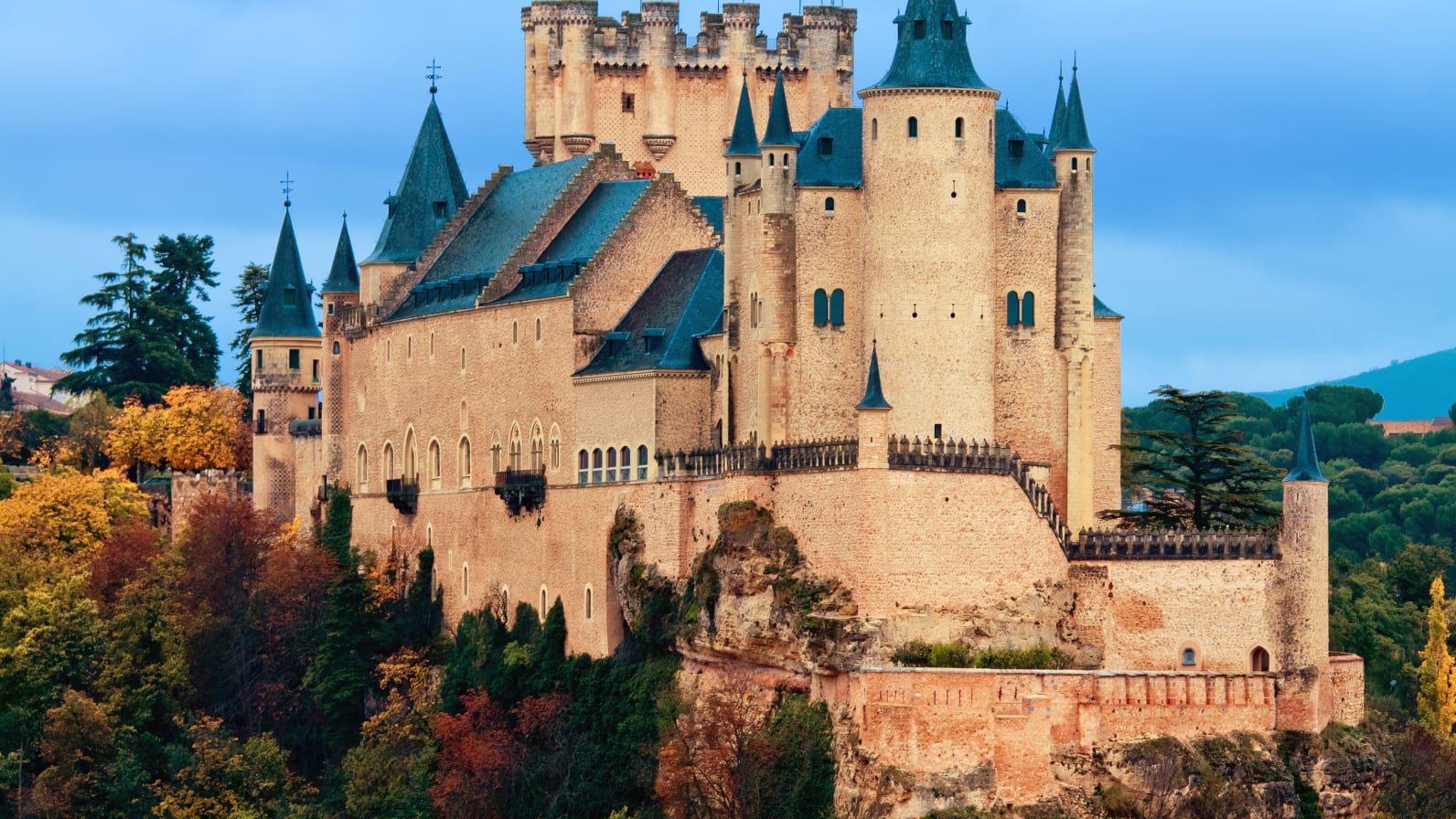Architectural Structures of Segovia:

The most well known structure is the Segovian Aqueduct. Not only will you be able to see such a historically beautiful piece, but you may be able to try some of the spring water that it produces. Yes, it is still running after many centuries! There is a theory that a woman “sold her soul to the devil, so in return he would build the Aqueduct since she was struggling to do it herself.” Though it is nearly unrealistic for this to be true, it becomes well known that the Romans had such advanced agricultural tools and knowledge for building structures.
The Aqueduct is made of roughly 24,000 granite blocks without the use of mortar. If you don’t believe this fact, more of a reason to find out for yourself and take a visit to Segovia!

Another significant place that you should stop by is the Alcázar de Segovia! Experiencing the in-person visualization of the “fortified castle for the Kings of Castile,” is something unforgettable. This castle is very significant because of the many royal crownings for the Kings of Castle. Also, the first ever woman, Isabella, to be crowned Queen of Castile had the ceremony (1474) in this Alcázar.
Sadly, making a trip to this Alcázar will not be the exact architecture of the original due to an 1862 fire that burnt majority of the building down. To this day, no one knows exactly how the fire started, but if you ask around when on your trip, you might find out more details.

Something that you may find unique is the very emphasized division in Segovia. The two areas are referred to as the “upper town and lower town.”
The upper town is surrounded by a historically ancient wall that is parallel with two rivers: The Eresma and the Clamores. It is believed that the upper town is considered “new,” so why not compare and see how the architecture has changed over the years! The lower town, “old,” contains the 16th Century Gothic Church in the center with pathways that lead to the outskirts of the city.
